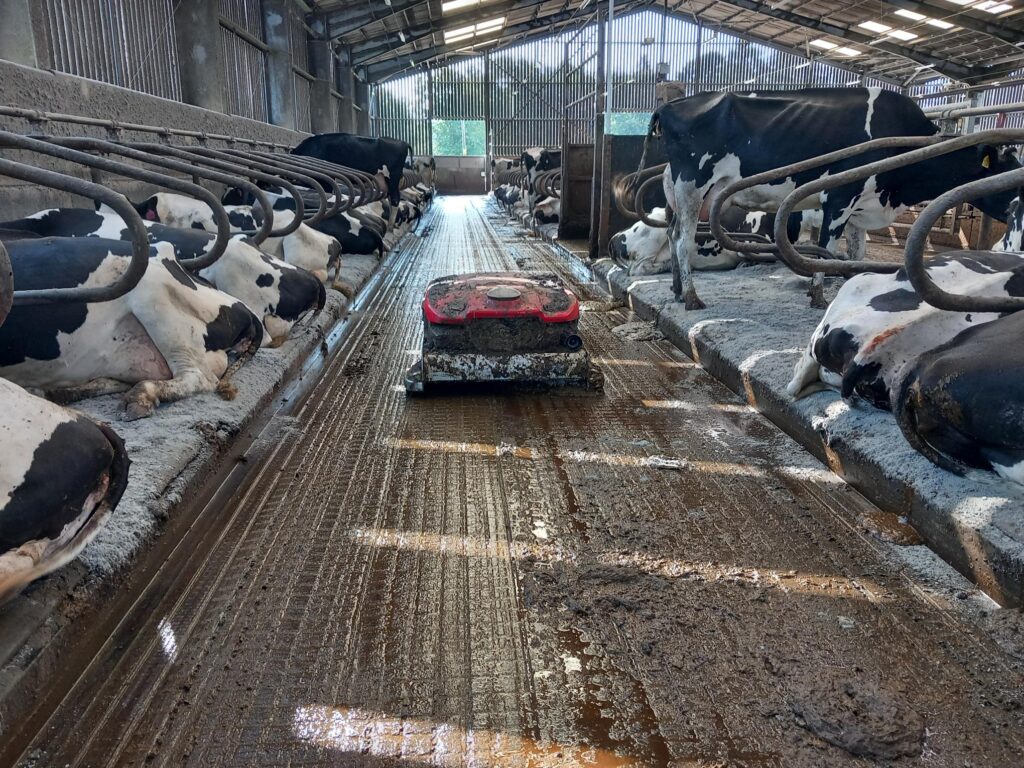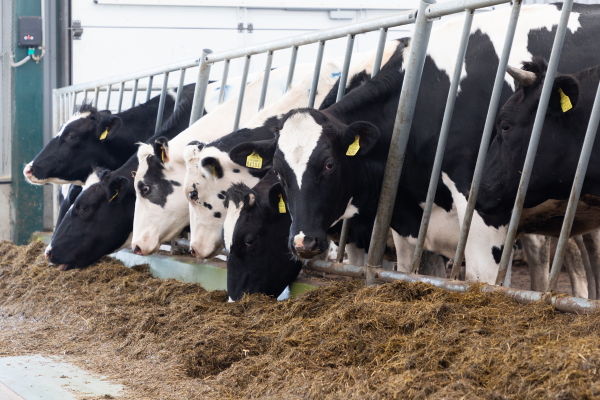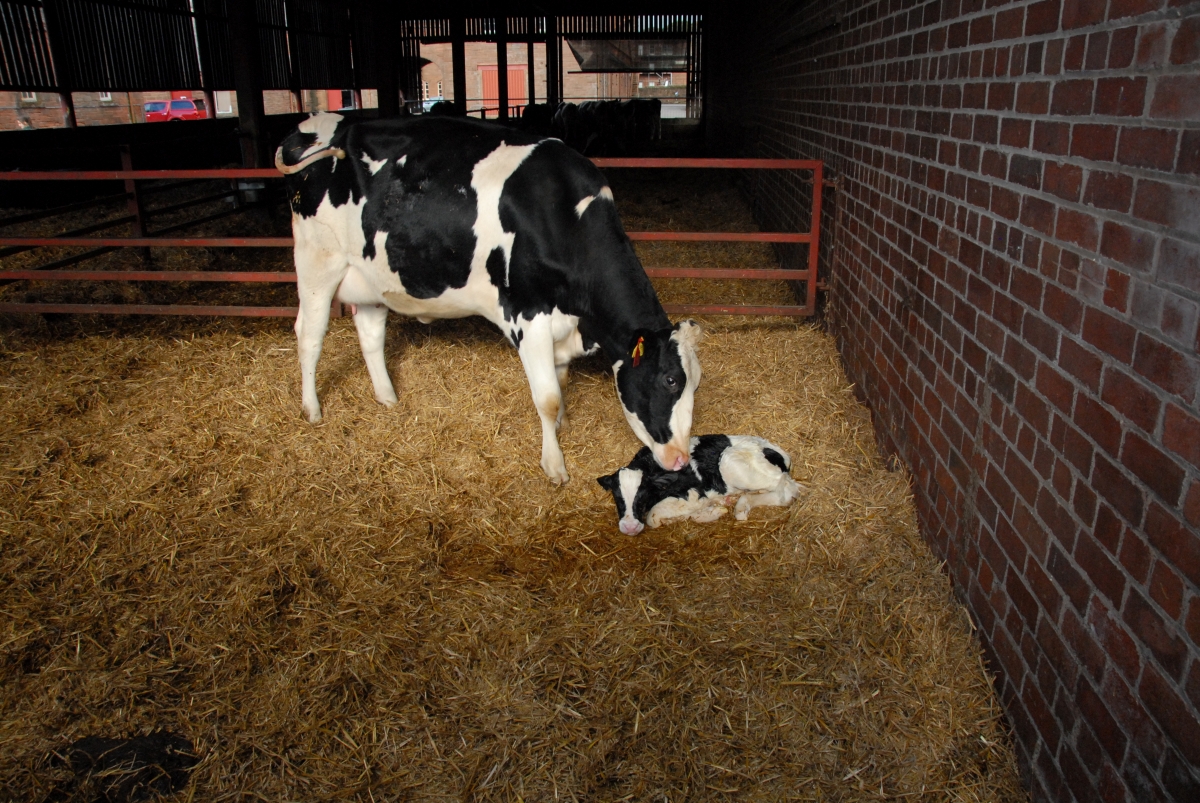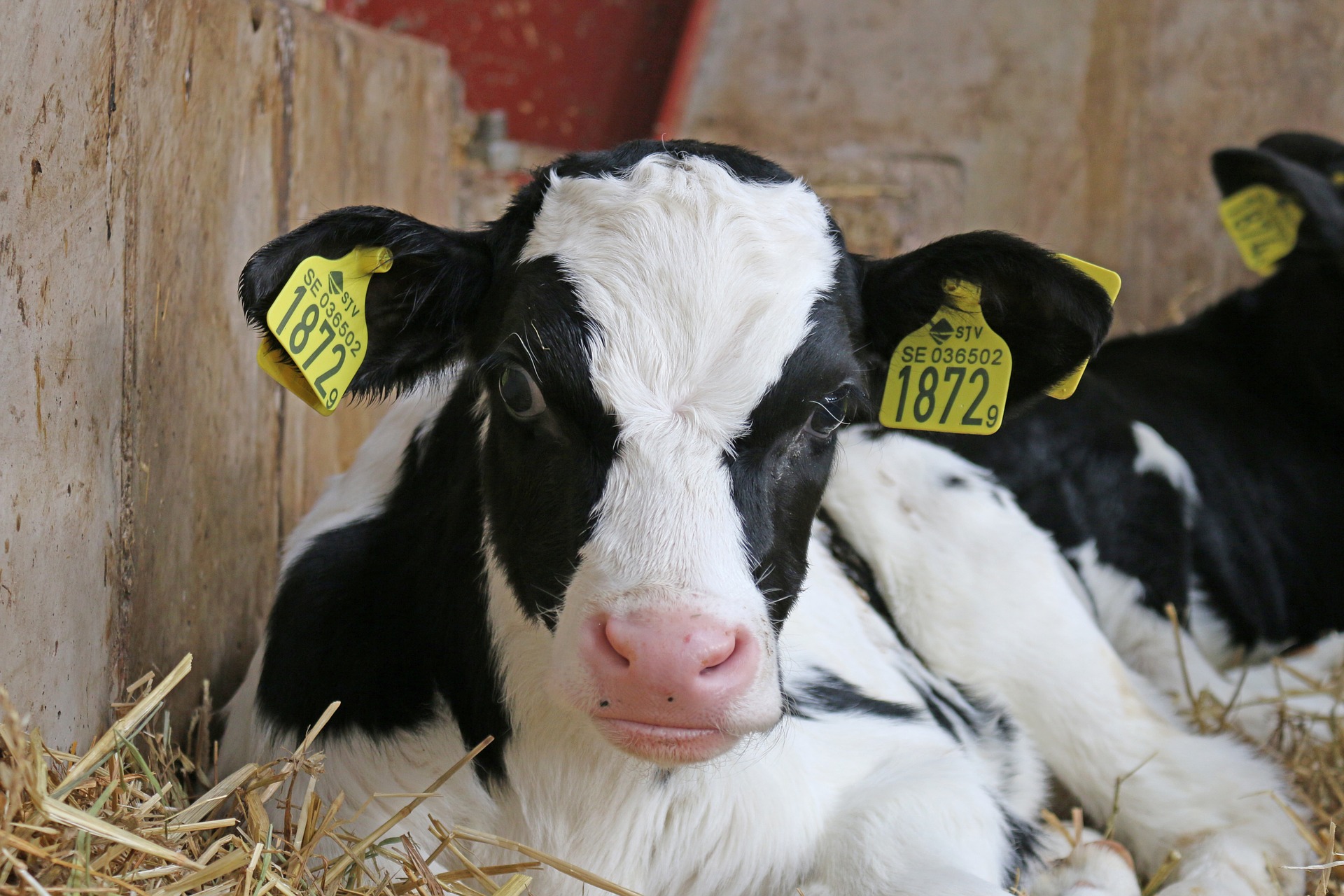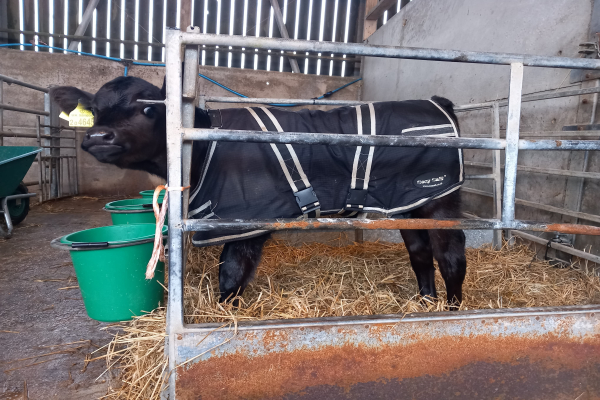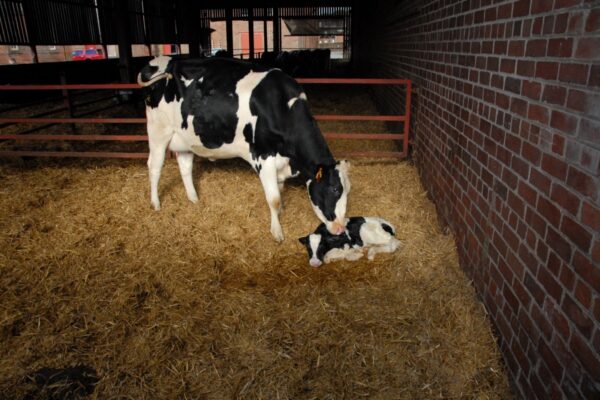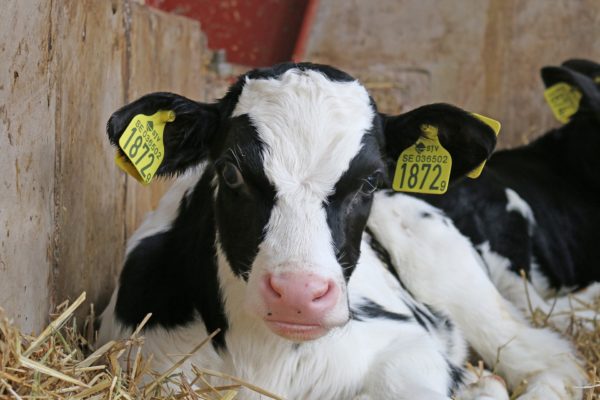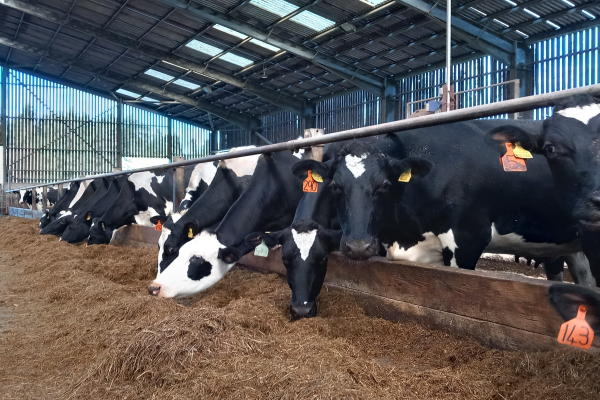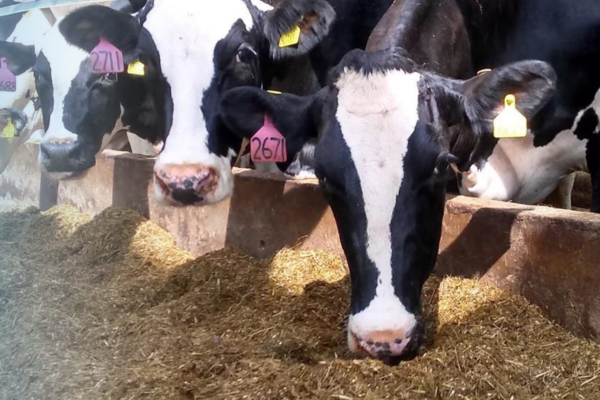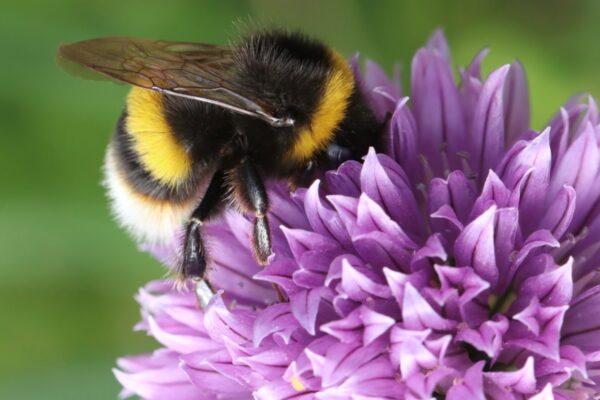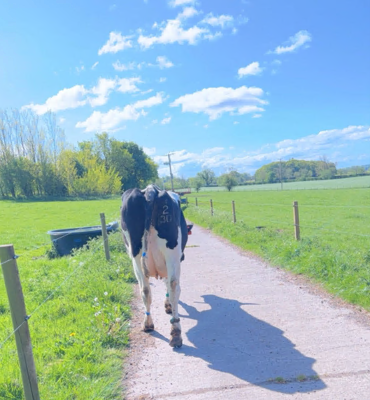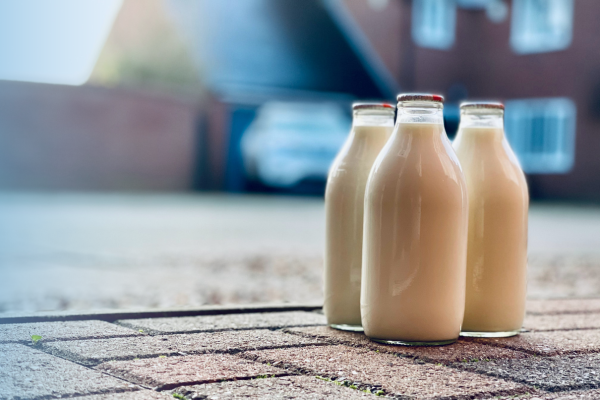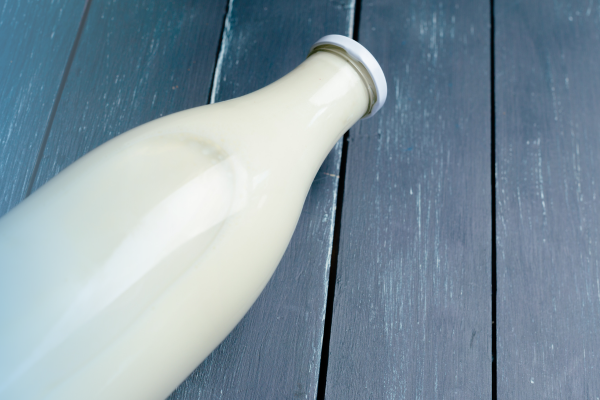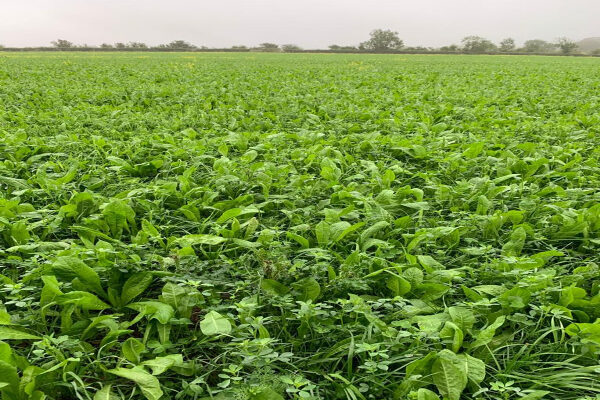How to Assess and Improve Cow Cleanliness
14 October 2025Keeping cows clean when housed can often be a challenge but is an important part of ensuring good udder health and prevention of environmental mastitis. If the udder and legs are clean, there is less risk of environmental mastitis pathogens spreading to the teat canal, as when cows are lying down, their teats are often in contact with the inner leg. If cows are dirty, then chances are the feet are dirty too, with a potentially higher risk of digital dermatitis.
Factors Affecting Cow Cleanliness
Cow cleanliness can be impacted by a number of different factors:
- Overcrowding – with more cows than cubicles.
- Inappropriate sized cubicles (or location of brisket bar or neck rail), affecting lying position. A good guide as to cleanliness of beds and appropriate cubicle dimensions is that there should be no more than 1 in 10 beds with muck at the back of the cubicles.
- Nutrition – Overfeeding rumen degradable protein, acidosis, ration sorting, and feeding very wet silages can all cause muck to be looser than desired.
- Scraper system and frequency of scraping passageways - Increasing scraper frequency helps to keep cows healthy by keeping the feet and lower legs clean. Slurry robots that either suck up slurry or push it down the slats have been shown reduce mastitis in the region of 10-15 less cases of mastitis/100 cows/year
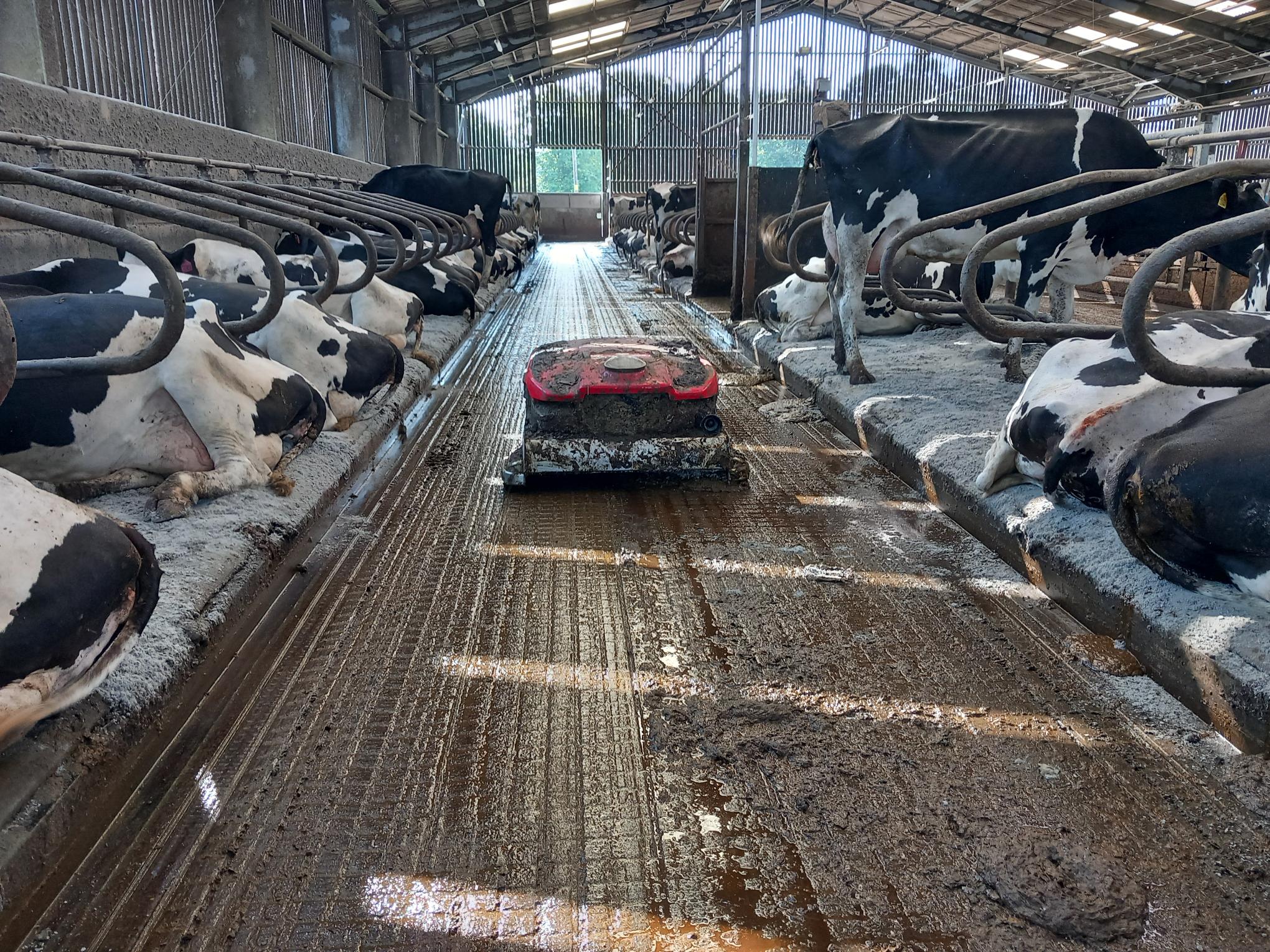
Asessing cow cleanliness
AHDB Dairy have a useful cleanliness scoring system which can be used to investigate why cows are dirty so that the necessary changes can be made.
The following table gives a guide as to where to focus on to improve cleanliness, depending on what part of the cow is dirty:
| Area of cow | What it indicates | What to check |
|---|---|---|
| Udder (back and sides) | Cleanliness of cubicles and bedding adequacy | • Cleanliness of cubicles • Amount of bedding and frequency of bedding • Need to shave/singe udder hair • Manure consistency (nutrition and health) |
| Lower hind legs | Passageway cleanliness and length of cubicles | • Cleanliness of passageways and exterior areas • Cleanliness of holding area • Stocking rates • Dimensions of cubicles • Manure consistency (nutrition and health) |
| Flank, hips and tail | Cleanliness of cubicles and bedding adequacy | • Cleanliness of cubicles • Amount of bedding and bedding frequency • Manure consistency (nutrition and health) |
Other Options for Improving Cow Cleanliness
- Regular clipping of tails – Trim tails twice a year or as and when needed. This can make a big difference to cow cleanliness. Keeping tails trimmed reduces the amount of manure that can be flicked onto the cow’s legs and udder, thereby reducing udder infection risk and helping ensure good milk quality with low somatic cell counts.
- Provide cow brushes – these help keep cows clean, allowing them to groom the areas they can’t reach. Brushes also provide some environmental enrichment, so contribute to overall welfare, as well as improving skin health. Some studies have even shown an improvement in milk yield when brushed have been provided.
- Good building ventilation – this can help to lower humidity levels and dampness and should help to keep bedding dry. A dry lying area is also likely to help improve lying time, leading to higher production and less stress on the feet.
- Clean passageways and holding areas – this will help to keep the feet and lower legs clean. Scraper blades should be checked regularly for wear or damage and replaced as needed. Also, drainage must be effective to prevent water pooling in passageways and holding areas.
- Regular foot bathing with adequate depth of solution (12cm) will help keep feet clean. The length of the footbath is also important so that each foot gets a minimum of two dunks in the solution – ideally over 3m long.
Lorna MacPherson, SAC Consulting
Sign up to the FAS newsletter
Receive updates on news, events and publications from Scotland’s Farm Advisory Service

